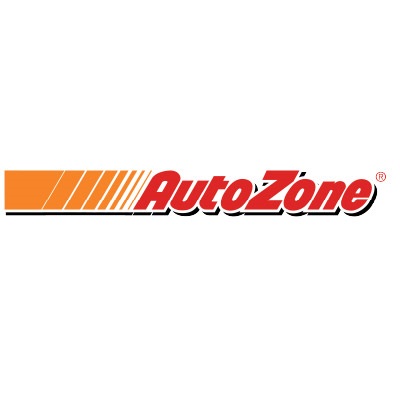Training
We've partnered with AutoZone to help deliver a variety of training opportunities. Browse our upcoming sessions with AutoZone below and register today!
Fuel Module Replacement Tech Tips
1. Always clean the tank FIRST
Most tanks contain debris that can get into the new fuel module and permanently damage it, as well as the evaporation emissions vent (EVAP), fuel filters, rails, and injectors.
2. Use the updated wiring plug
Some replacement fuel modules included an updated wiring harness plug. This corrects a design flaw in the OE plug. Failure to install the new plug can cause the fuel module to overheat. Use a crimping tool, not pliers when splicing in the new connector. Pinched harness wires can result in faulty fuel level readings.
3. Follow OE install procedures
- Do not use excessive force or bend the float arm when installing.
- Perform a fuel pressure test to ensure a successful installation.
4. Change the screen and the filter
Where applicable, install a new screen on the module and change out the in-line fuel filter(s).
5. For GDI vehicles
- Inspect the pump plunger follower and all accessories for wear/proper installation.
- Always replace the high-pressure feed line.
- GDI pump bolts are torque to yield/single use
10 Steps to Properly Clean the Tank
- Clean dirt and debris from around the fuel module.
- Detach remaining fuel lines and then remove fuel module.
- Pump out any remaining fuel into an approved container.
- Soak up residual fuel with shop towels, dry tank with compressed air.
- Add low-suds detergent and water to the tank; swirl to coat internal surfaces.
- Wipe down the tank interior with clean shop towels, then dump out remaining solution.
- Rinse tank with fresh water, then pour out the water and remaining debris.
- Rinse again with fresh water, the pour the water out.
- Dry the interior with clean shop towels, and then with compressed air.
- Allow tank to air dry for at least 30 minutes to ensure all water has been removed.





